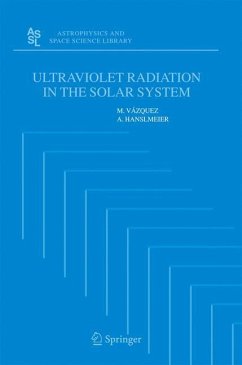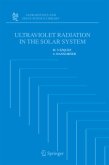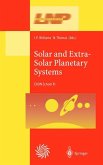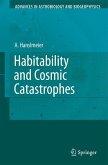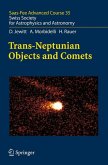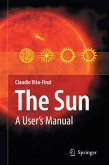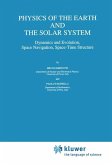In the history of science the opening up of a new observational or experimental window is always followed by an increase in knowledge of the subject concerned. This is also the case with the subject of this book, ultraviolet radiation (hereafter UV). In principle, the ultraviolet range might be just one more of these windows, of no particular importance. However, the energy per UV photon provides the main peculiarity, its magnitude being great enough to produce important ch- ical reactions in the atmospheres of planets and satellites, thereby a?ecting the transmission of this radiation to the ground. The Sun is the main natural source of UV radiation in the Solar System and our planet is the body where its in?uences can be best tested and the only one where its relation with life can be studied. However, the terrestrial atmosphere blocksmostofthephotonsinthiselectromagneticrangeandastronomershavehad to develop various techniques (balloons, planes and rockets) to cross this barrier and access the information. These tools have been used in parallel to investigate the physical properties of the terrestrial atmosphere and the interaction of its constituents with light. This book will addresses most of these topics.

